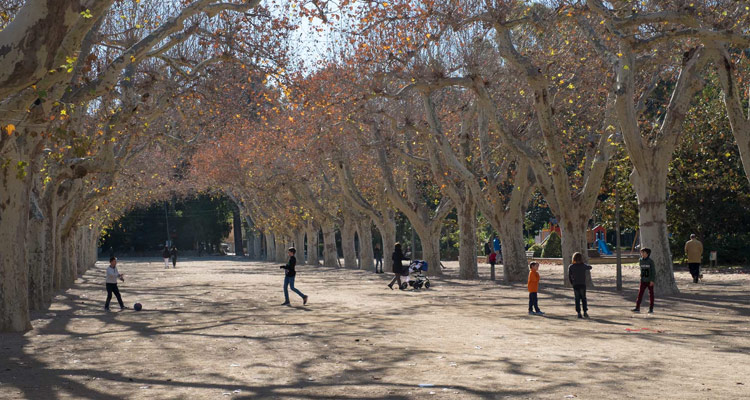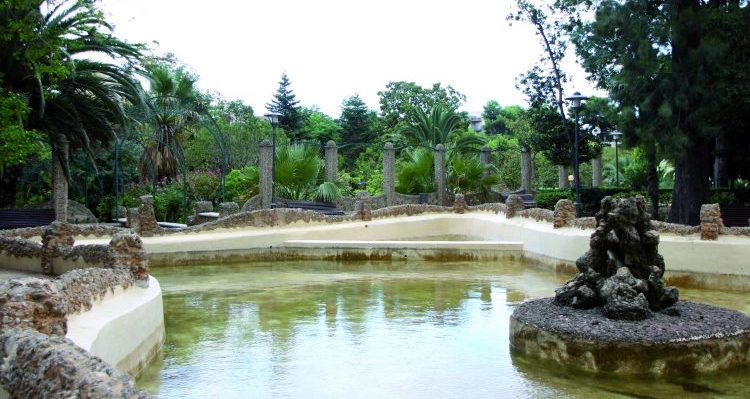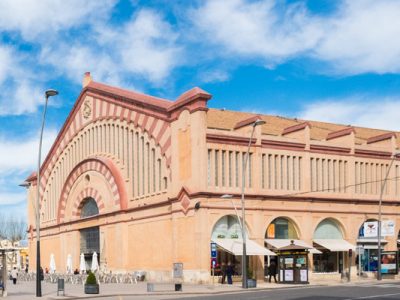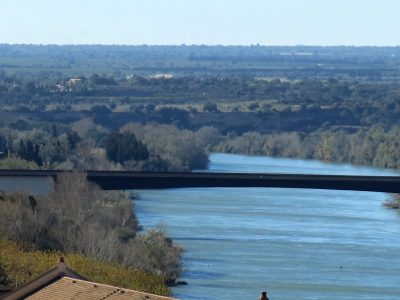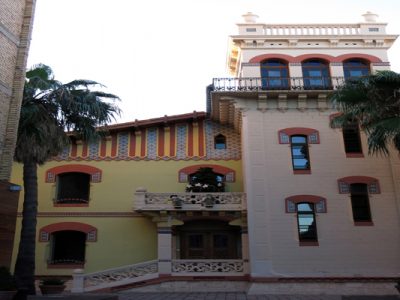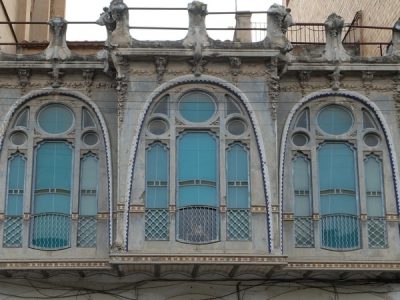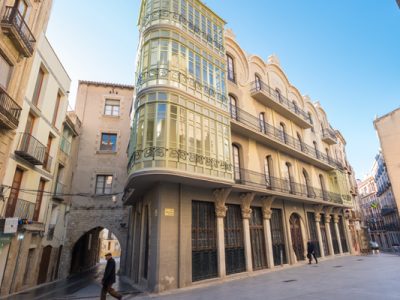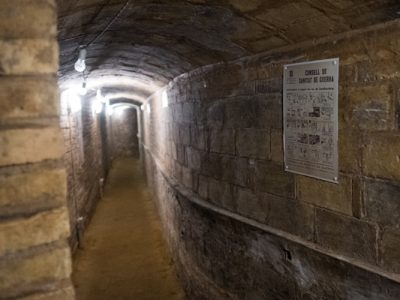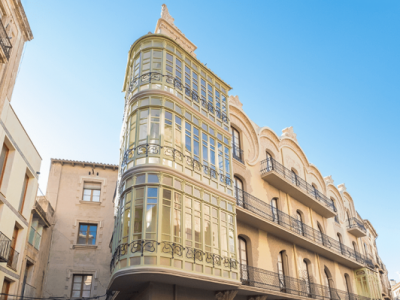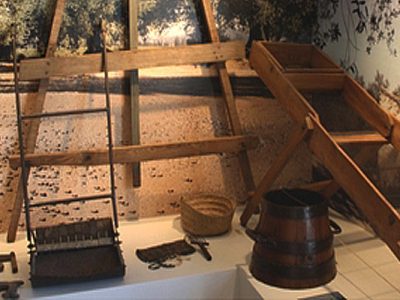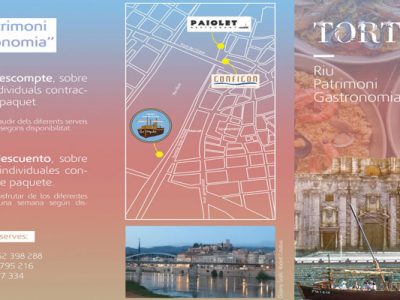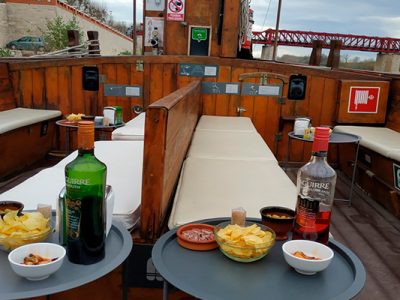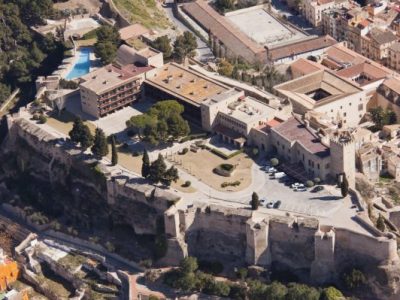Description
Located between the Avinguda de la Generalitat and the River Ebro, the park came about because of the expansion of the city and the demolition of the city walls at the end of the 19th Century. The project was overseen by the city architect Joan Abril i Guanyabens, who designed it in accordance with the model of romantic gardens with Art Nouveau features.
Two different landscaping approaches can be observed: a central promenade flanked by plane trees, creating a majestic avenue, and small, labyrinthine flower beds, sketched out with vegetation, in the area closest to the river. In this area, we can observe the Art Nouveau influence in terms of the materials used and the layout of the gardens (stairway and lake).
Another important feature of the park is the great botanical variety of the vegetation, with a wonderful combination of native plants and more exotic species to create a veritable oasis and the ideal venue for public events.
In the northern part of the park, we find the 14th century medieval llotja (Corn Exchange) transported here brick by brick from its original location in 1932. The rectangular building is divided into two halls by three large round arches resting on polygonal pillars. On the long sides of the building, it is opened up by four large pointed arches. On the short side to the north, enclosed by a wall, there are two paired windows. The building was used to trade and store goods. It is currently used to exhibit the city’s processional giants and beasts that are paraded during festivals.
The stairway designed by Pau Monguió is another key feature.
